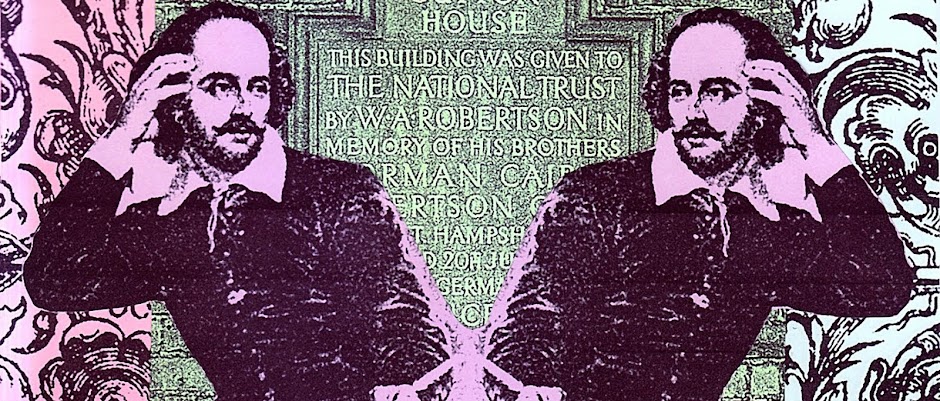The 2nd Trans Pride in Brighton this weekend was the perfect antidote to my frustrations with last month's Pride in London. I blogged about it here. Some of the feedback I received from that post was that if I want to feel included, I should volunteer. I don't think this is necessarily the right attitude to take, suggesting that those who don't feel welcome should get involved, it's passing the buck, and saying you are welcome, but we're not going to go out of our way to ensure you feel it. Pride, and the response I got from someone based on me venting my frustrations, became the anti-Pride.
HOWEVER, myself and a friend headed down to Brighton on Saturday for Trans Pride. Building on the success of the first one last year, which I unfortunately only heard about retrospectively so didn't attend, Trans Pride held events over three days, with a film night on the Friday, a picnic on the Sunday and the main event on the Saturday. Unfortunately, we missed the march due to some train hold-ups at London Bridge, but the march was the first of its kind in Europe. Sarah Savage, one of the organisers, said in her opening remarks that it was emphatically a march, not a parade, as there is still so much to be angry about, as well as lots to celebrate. Caroline Lucas, MP of Brighton Pavilion (and the only MP that I actually have any faith in) said in her speech that 'tolerance is not enough' and addressed in particular the dreadful representation of trans* people in the media, and fighting for the opening of a Gender Identity clinic in Brighton and Hove.
For me, Trans Pride was exactly what a Pride event should be. It was celebratory, but its undercurrent was one of anger, action and protest. The main stage showcased the talents of various trans* and queer musical acts and spoken word performers, intersected with information about trans* services, including from the sponsors of the event, Broken Rainbow. The environment was relaxed and peaceful, and the crowds that gathered were warm and richly diverse.
One of the more moving speeches of the day came from one of the organisers Shabah Choudrey, who spoke about their own frustration at being a trans masculine person of colour at Pride events, and reminded us of the role played by trans people of colour in the Stonewall riots and in queer activism before and since.
Trans Pride has no corporate sponsorship. The venue of the event was not bedecked with Barclays flags. It was free to enter, the food and drink stalls were reasonably priced, water was handed out for free. The volunteers and security staff were helpful and even the presence of the police lacked the sinister edge it normally does at Pride events, they seemed to be there to protect those of us there, rather than to control our behaviour.
I look forward to Trans Pride growing and growing each year, and hope that as it does, the community spirit and grass-roots nature of it doesn't dilute at all, and that the voices become more and more and louder and louder. I met so many lovely people who were taking great strides to making the world a safer and happier place for gender variant people, and unlike at London Pride, I came away feeling empowered, inspired, part of something and PROUD.
I did, however, get quite sunburnt knees, but that's no one's fault but my own.







